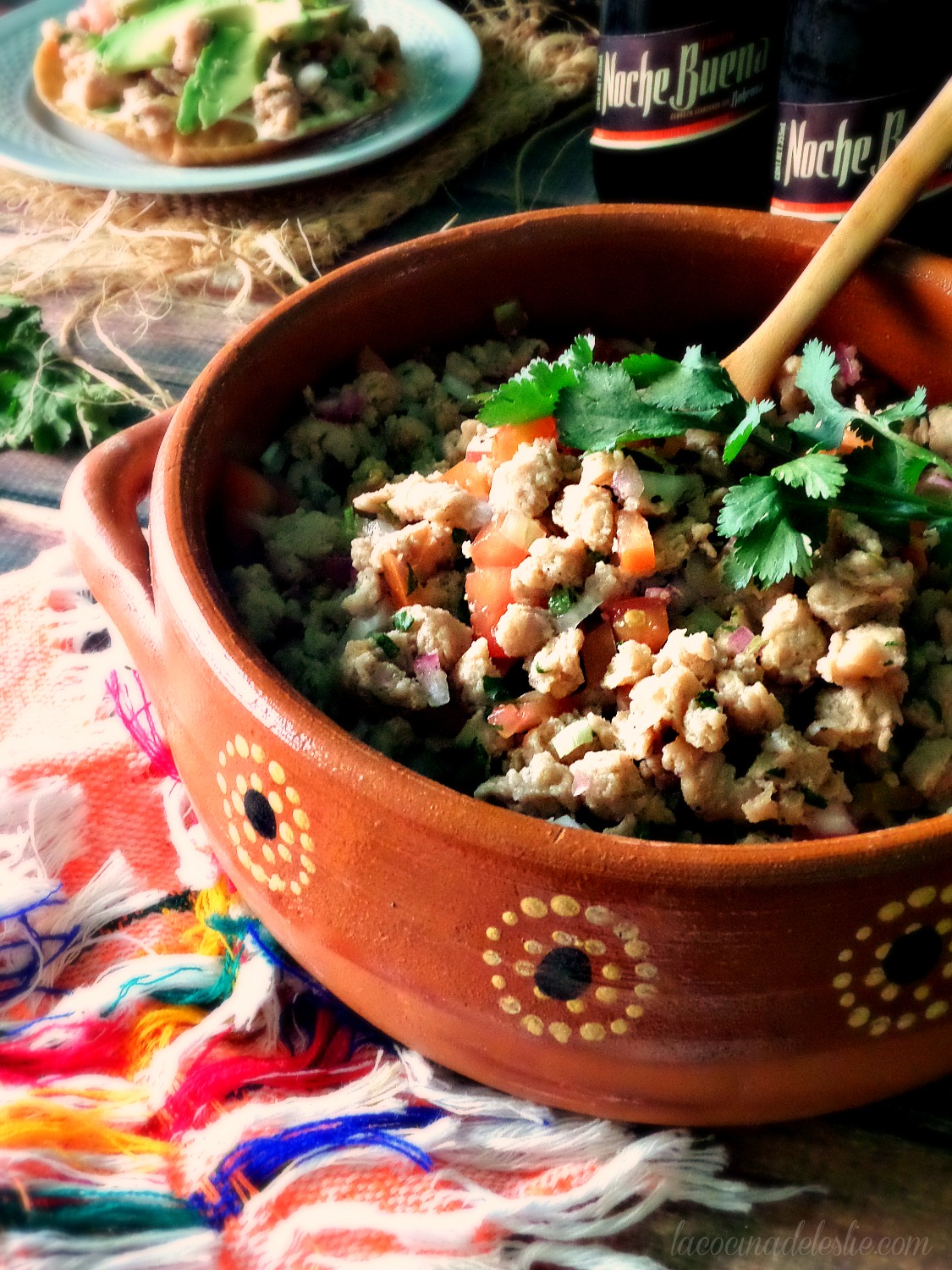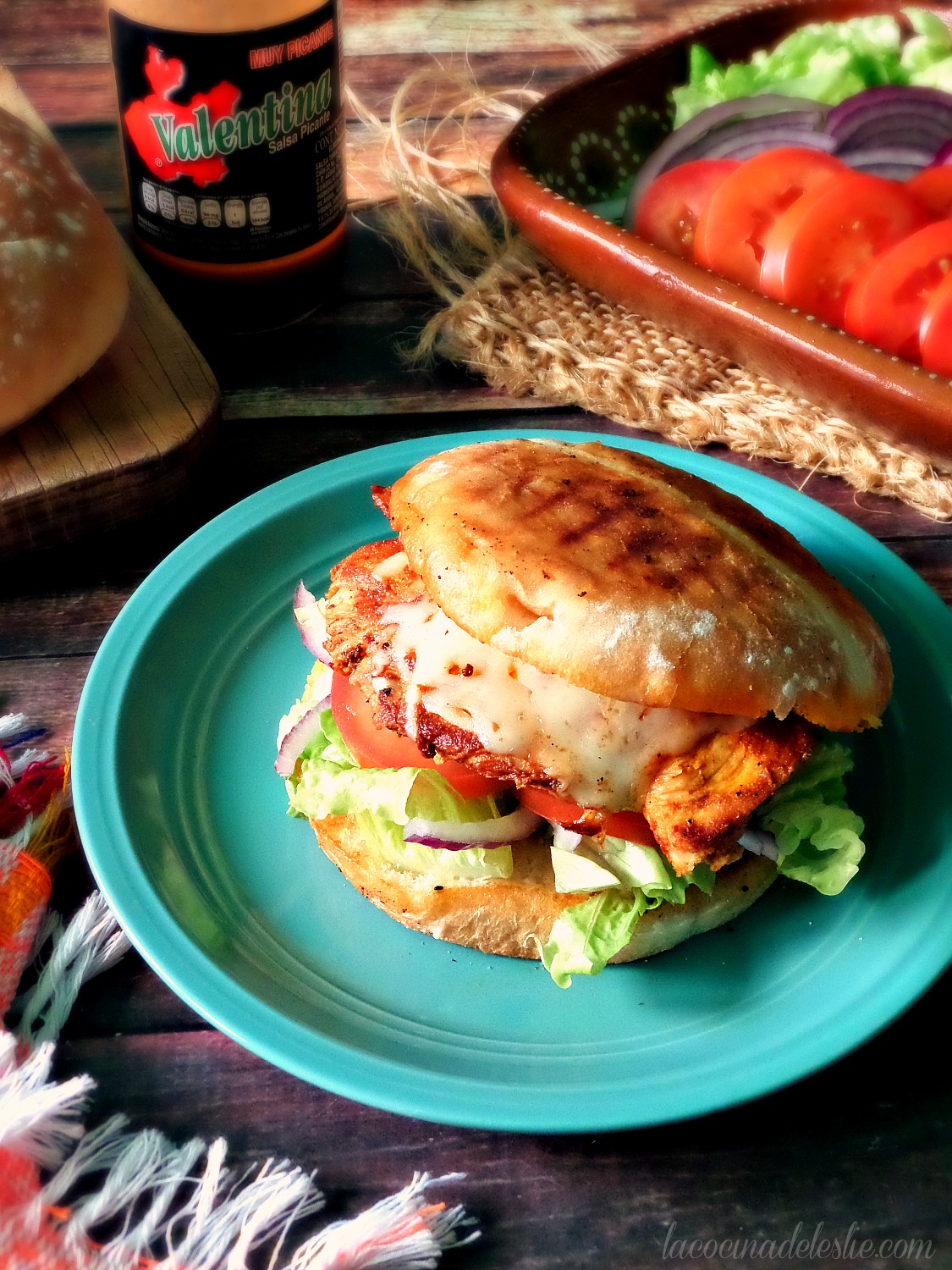Today is the last day of May and that can only mean two things:
What is a pitaya?
For those of you that are unfamiliar with Pitayas, they are a delicious cactus fruit only available during the hottest month of the year, which happens to be May, where I live.
Not to be confused with tunas (prickly pears), Pitayas are the sweet, sometimes sour, fruit of the organ pipe cactus, also known as a pitayo.
This particular pitayo is located at El Rancho and is at least 100 years old. During our Semana Santa camping trip, you could already see the pitayas starting to bloom.
Pitaya Picking 101
Now that you know what pitayas are, you may be wondering how the pitaya gets from the cactus to the market or in my case, my front door.
Campesinos (farmers/farm workers), wake up before dawn to start picking pitayas. You see, as the sun rises, the ripe pitayas open up, attracting the attention of the early birds looking for the proverbial worm. But that old saying has it all wrong. It should be, "The early bird catches the pitaya."
Pitayas are covered with hundreds of thin, little needles that serve to protect the fruit from birds and animals. These espinas can make pitaya picking rather difficult. Most campesinos use a rustic tool that they fashion out of dried reeds. Locally this tool is called a chicole.
Since pitayos can grow to be several meters high, most chicoles are very long. The tip of the chicole is separated into three or four sections, creating a sort of nest or basket for a single pitaya to fit into snuggly.
Again, organ pipe cacti are very tall and it's darn near impossible for the campesinos who are standing underneath the cactus to see whether or not a certain pitaya is ripe. A ripe pitaya can be easily plucked from the cactus when touched with the chicole. Unripe pitayas can't be budged.
The pitayas are then placed in a large basket and the small group of campesinos head to town in the back of a pick-up truck. During the drive in to town, the campesinos remove all of the needles from the pitayas.
The pitayas are then carefully stacked inside a large basket called a quilihua and are now ready to be sold to the public.
Prices vary from town to town. The average price here is about 5 or 6 pesos per pitaya, which isn't expensive considering all of the hard work involved. Some pitayeros (pitaya vendors) prefer to sell door to door. If you happen to be a preferred customer who buys large quantities of pitayas, like 30 to 40 at a time, the price drops down to 3 pesos per pitaya. Not bad considering that they are delivered right to my your front door.
How to eat a pitaya
Underneath the hundreds of needles, pitayas are also protected by their cascara (peel). To eat your pitaya, one must carefully remove the peel. I say "carefully", because many times you'll find a stray needle or two in each pitaya.
Removing the cascara is our favorite part of sitting down to enjoy a pitaya. We are always amazed to see the assortment of brightly colored fruits. Pitayas come in various shades of yellow, orange, red, purple and pink. The rarest of all is the white pitaya.
As for texture, I liken pitayas to kiwis. Maybe it's because of the tiny black seeds.
Pitayas for the most part are sweet. The first pitayas of the season tend to be more sour, as are the white ones. It is this blogger's opinion that the yellow and orange pitayas are the sweetest and best tasting pitayas of all.
Pitayas are one of the rare fruits that are eaten without salt and lime juice. Pitayas can also be used to make agua fresca, sorbet or almibar (syrup) for nieve raspada (snow cones).
And now you know just about everything there is to know about pitayas.
*Note: A very special Thank You to my Hubby, my suegro and my brother-in-law Gerry for sharing this valuable information that they learned from first-hand experience about pitayas.
- The sticky, stuffy, can't breathe, eat or sleep heatwave is down to its last weeks. Rain season should be here soon, offering relief from the unbearable, mid-90 degree temperatures that are the highest temps my small town has seen in 50 years (or so I'm told).
- Pitaya season is also coming to an end. (Hangs head in extreme sadness)
What is a pitaya?
For those of you that are unfamiliar with Pitayas, they are a delicious cactus fruit only available during the hottest month of the year, which happens to be May, where I live.
Not to be confused with tunas (prickly pears), Pitayas are the sweet, sometimes sour, fruit of the organ pipe cactus, also known as a pitayo.
 |
| A Pitayo Cactus |
This particular pitayo is located at El Rancho and is at least 100 years old. During our Semana Santa camping trip, you could already see the pitayas starting to bloom.
 |
| Pitayo in bloom |
Pitaya Picking 101
Now that you know what pitayas are, you may be wondering how the pitaya gets from the cactus to the market or in my case, my front door.
Campesinos (farmers/farm workers), wake up before dawn to start picking pitayas. You see, as the sun rises, the ripe pitayas open up, attracting the attention of the early birds looking for the proverbial worm. But that old saying has it all wrong. It should be, "The early bird catches the pitaya."
Pitayas are covered with hundreds of thin, little needles that serve to protect the fruit from birds and animals. These espinas can make pitaya picking rather difficult. Most campesinos use a rustic tool that they fashion out of dried reeds. Locally this tool is called a chicole.
 |
| Chicole hanging on the wall at El Rancho |
Since pitayos can grow to be several meters high, most chicoles are very long. The tip of the chicole is separated into three or four sections, creating a sort of nest or basket for a single pitaya to fit into snuggly.
Again, organ pipe cacti are very tall and it's darn near impossible for the campesinos who are standing underneath the cactus to see whether or not a certain pitaya is ripe. A ripe pitaya can be easily plucked from the cactus when touched with the chicole. Unripe pitayas can't be budged.
The pitayas are then placed in a large basket and the small group of campesinos head to town in the back of a pick-up truck. During the drive in to town, the campesinos remove all of the needles from the pitayas.
 |
| Basket full of freshly picked pitayas |
The pitayas are then carefully stacked inside a large basket called a quilihua and are now ready to be sold to the public.
 |
| Quilihua filled with pitayas |
Prices vary from town to town. The average price here is about 5 or 6 pesos per pitaya, which isn't expensive considering all of the hard work involved. Some pitayeros (pitaya vendors) prefer to sell door to door. If you happen to be a preferred customer who buys large quantities of pitayas, like 30 to 40 at a time, the price drops down to 3 pesos per pitaya. Not bad considering that they are delivered right to
How to eat a pitaya
Underneath the hundreds of needles, pitayas are also protected by their cascara (peel). To eat your pitaya, one must carefully remove the peel. I say "carefully", because many times you'll find a stray needle or two in each pitaya.
 |
| Pitaya con cascara |
Removing the cascara is our favorite part of sitting down to enjoy a pitaya. We are always amazed to see the assortment of brightly colored fruits. Pitayas come in various shades of yellow, orange, red, purple and pink. The rarest of all is the white pitaya.
As for texture, I liken pitayas to kiwis. Maybe it's because of the tiny black seeds.
Pitayas for the most part are sweet. The first pitayas of the season tend to be more sour, as are the white ones. It is this blogger's opinion that the yellow and orange pitayas are the sweetest and best tasting pitayas of all.
Pitayas are one of the rare fruits that are eaten without salt and lime juice. Pitayas can also be used to make agua fresca, sorbet or almibar (syrup) for nieve raspada (snow cones).
And now you know just about everything there is to know about pitayas.
*Note: A very special Thank You to my Hubby, my suegro and my brother-in-law Gerry for sharing this valuable information that they learned from first-hand experience about pitayas.


































